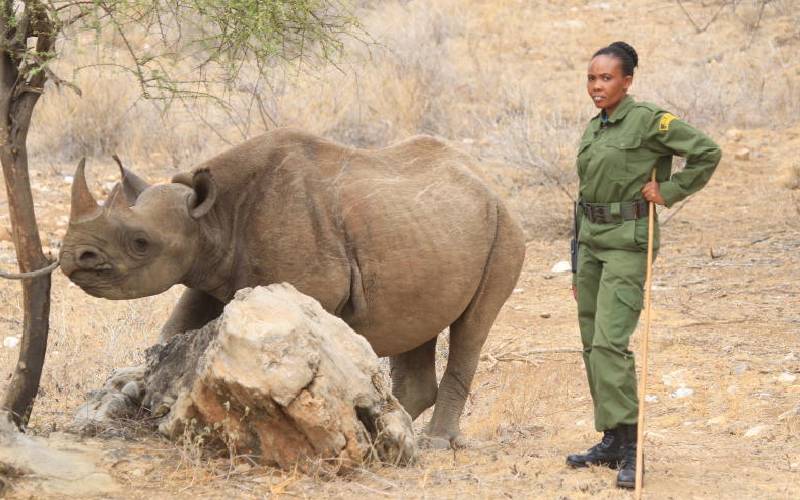×
The Standard e-Paper
Stay Informed, Even Offline

Wildlife protection is seen as a risky job but deep in the northern rangelands in Samburu County, women are changing the narrative.
We meet Salome Lemalasia, 30, a rhino keeper, at Sera Community Conservancy, going about her duties unperturbed by the danger that lies deep in the wild.